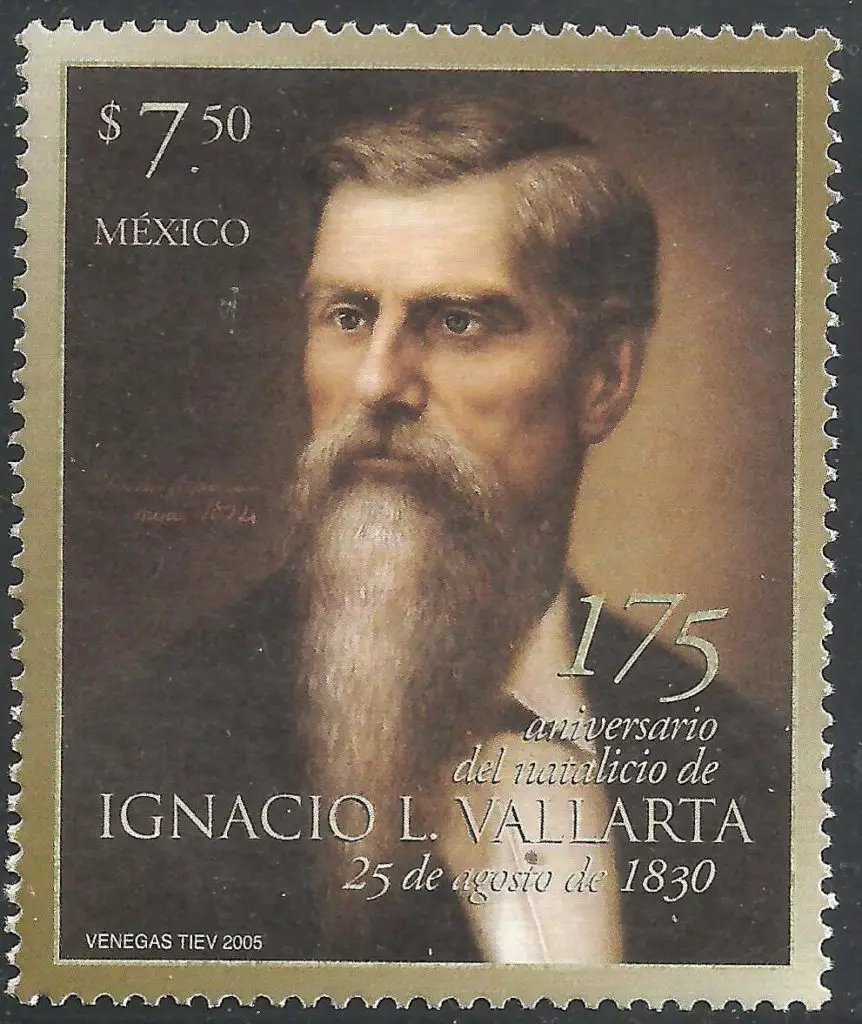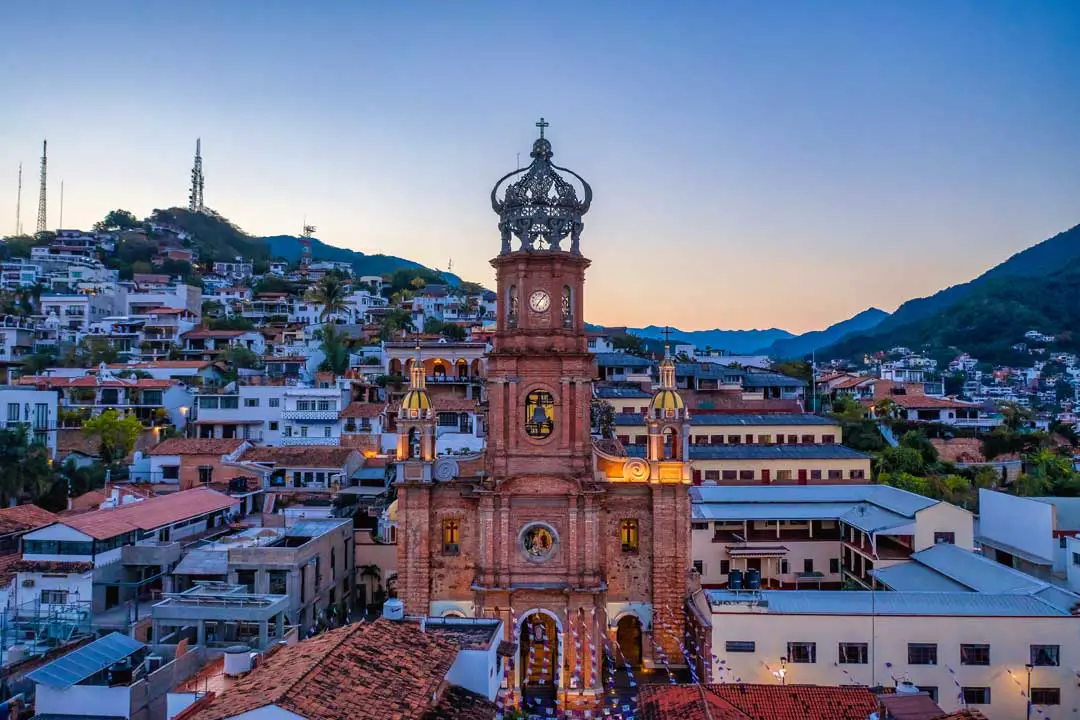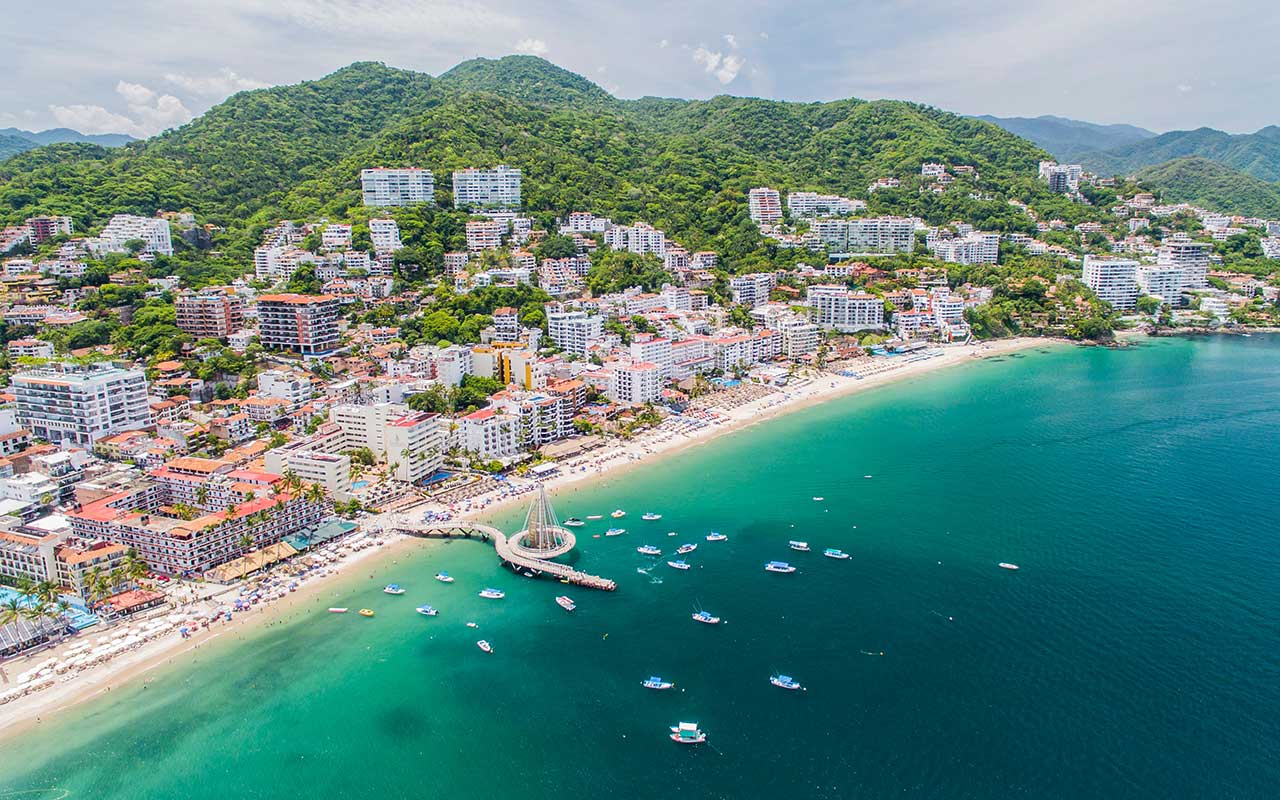In this newest series from #WeLovePV, we take a look at some of the names emblazoned upon Mexico’s street signs, currency, and public consciousness to answer the question that has lingered on the lips of Vallarta visitors since time immemorial: “Hey, Who’s That Guy?”*
The esteemed Ignacio Luis Vallarta Ogazón is the namesake of this sunny city by the sea; a legacy earned over a lifetime of distinguished public service. Born in 1830, Ignacio Vallarta was born into a nation undergoing seismic social changes in the decades following Mexico’s war for independence from the Spanish Crown.
In the devoutly religious atmosphere of the country at the time, in many minds defying the ultimate authority of the Church in the affairs of state went infinitely beyond treason, an unconscionable obscene idea to zealous parishioners and their spiritual shepherds.
The European colonists spent centuries building a theocracy in what was for a time called “New Spain,” but the widespread evolution of awareness that followed the 18th Century’s Enlightenment led ordinary citizens to question the legitimacy of the Church’s hold on society.
Ignacio Vallarta stood at the forefront of this struggle throughout his political career, parlaying a law degree from the University of Guadalajara into a position as private secretary to the fiercely liberal Governor of Jalisco.
When the deeply divisive political process broke down into civil war in 1857, Vallarta took up arms for the cause of Benito Juárez, the man credited with liberating a people through La Reforma. Both men also attended the Constitutional Convention that served as an official divorce of church and state, providing a prelude to the birth of Mexico in its’ modern form.
In time, France considered the profit potential of a colony of the Americas as well, conducting a full scale invasion of the country, driving President Juárez into temporary exile, and installing a puppet government in the “Second Mexican Empire.” With his freedom heavily in question, Vallarta sought refuge in the United States from 1864 to 1866.
Once the French forces were driven back across the Atlantic and Juárez restored to power, Vallarta was selected for the Presidential Cabinet although he later resigned from the post due to friction between himself and a senior advisor. Just three years later, in 1871, he was elected Governor of Jalisco. Here, he was able to make several visible contributions to his home state, including establishing accessible secular education through his 1874 Public Education Law.
Vallarta’s term as Governor came to an end in 1876, and although he was popular with the public he did not seek re-election. Instead he turned his attention to federal government once again, claiming the Foreign Minister office once held by his political rival and concurrently ascending to the Supreme Court of Mexico as its President. Eventually his mission in public life was complete, and he retired into private legal practice for the remainder of his days.
Vallarta, in addition to this picturesque port city that bears his name, has also been honored in Guadalajara with a main thoroughfare in Jalisco’s capital city. His statue stands guard over the municipal seat in Plaza de Armas in perennial appreciation of his impact on the region and Mexico at large, and so when you inevitably find yourself loving this vibrant coastal paradise like #WeLovePV, perhaps pause to consider how one man can change the course of history.



